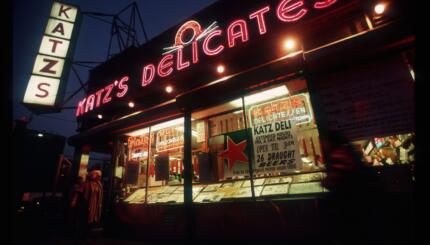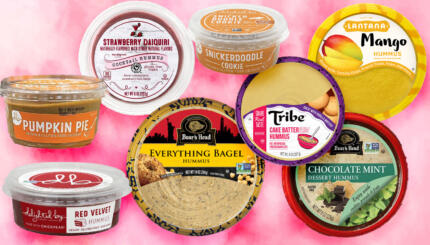“Four Bam, One Crack, Six Dot.” Generations of Mah Jongg players and their children and grandchildren recognize the names of the small decorated tiles used in the Chinese game that found a devoted American audience among Jewish women.
For thousands of Jewish women from the city, the suburbs and the Catskills alike, the weekly Mah Jongg games, with their friendly wagers, were as much a ritual as lighting Friday night Shabbat candles.
Nearly synonymous with the playing were the ring jells, Bridge mix, Entenmann’s coffee cake and other iconic snacks that were served.
Mah Jongg night was a big deal, recalls Audrey Kaplan, whose mother was a regular player when Kaplan was growing up in the 1960s. Now a regular player herself, Kaplan has vivid childhood memories of the snacks that her mother served. It’s a regular topic of conversation with one of the other players in her own game.
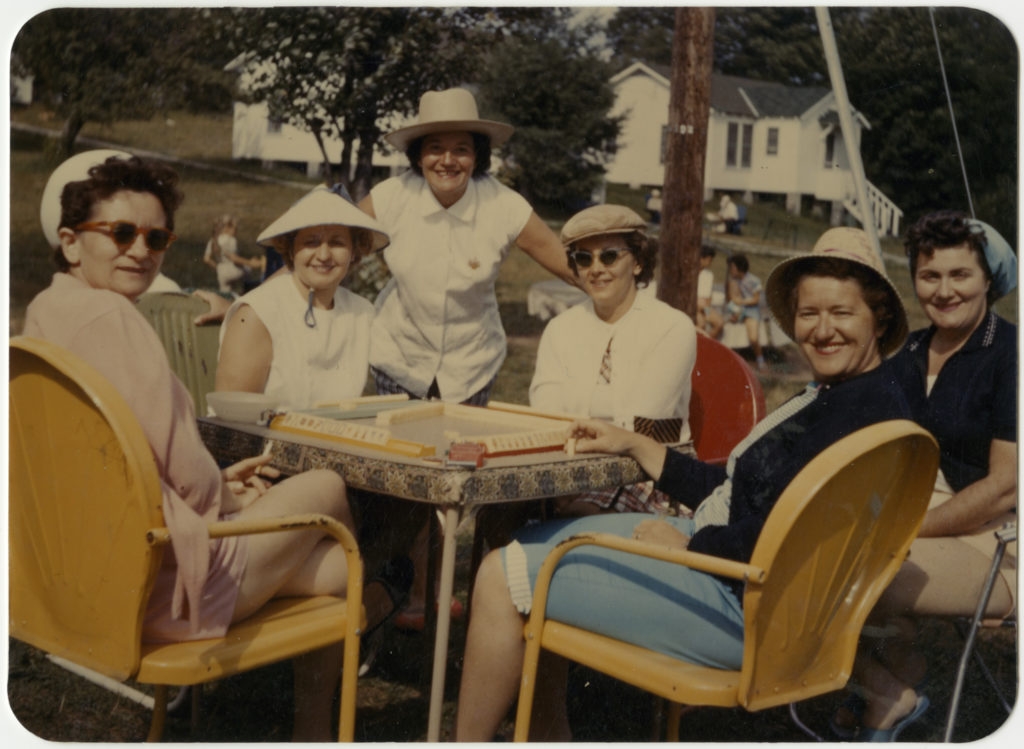
“We laugh about it because we both remember a cut-up pineapple with those very unhealthy maraschino cherries and the little plastic toothpicks. That was the standard nosh food, along with M&Ms in a bowl. We loved when our moms hosted the weekly game, because there were leftovers of good snacks in the house,” Kaplan said.
Nowadays, the preserved, sweetened red cherries are taboo. “We play heart-healthy,” she said, with cut up fresh fruit, veggies, hummus, salsa, cheese and crackers. “You never see candy,” she said with a laugh.
The Nosher met up with Kaplan and her Mah Jongg regulars at “Project Mah Jongg,” a delightful and fascinating exhibit at The Museum of Jewish Heritage in New York City (on view through at least the end of January, 2017). The friends were finishing up a round at a card table set up in the middle of the small gallery on the museum’s second floor. Kaplan’s group had a Mah Jongg date at the museum to celebrate the birthday of one of their players, and they planned on lunch at Lox, the museum’s new outstanding cafe.
READ: Is Mah Jongg A Jewish Game?
The exhibit traces the origins of the game in the U.S. and the cultural and social role it played in the lives of American Jewish women.
Many people associate Mah Jongg with Eastern European Jewish women. But it first bloomed in the 1920s and 30s among women of the leisure class, many of whom were of German descent, according to Melissa Martens Yaverbaum, executive director of the Council of American Jewish Museums and the exhibit’s curator. There was even an air of the forbidden, with women staying up at night gambling, Yaverbaum said. But it became acceptable as an American game and as an American Jewish game, she said.
In 1937, at the inaugural convention of the National Mah Jongg League, all 200 women were Jewish, Yaverbaum pointed out. The league’s focus on donating to philanthropic causes made it a natural for synagogue sisterhoods and other Jewish women’s groups.
In the 1920s and 1930s, when the game was first introduced to Americans, the Chinese influence was more exaggerated, and marketing at times played on ethnic stereotypes, Yaverbaum told The Nosher. Advertisements promoted Chinese food, lanterns and Mah Jongg-inspired dishware.
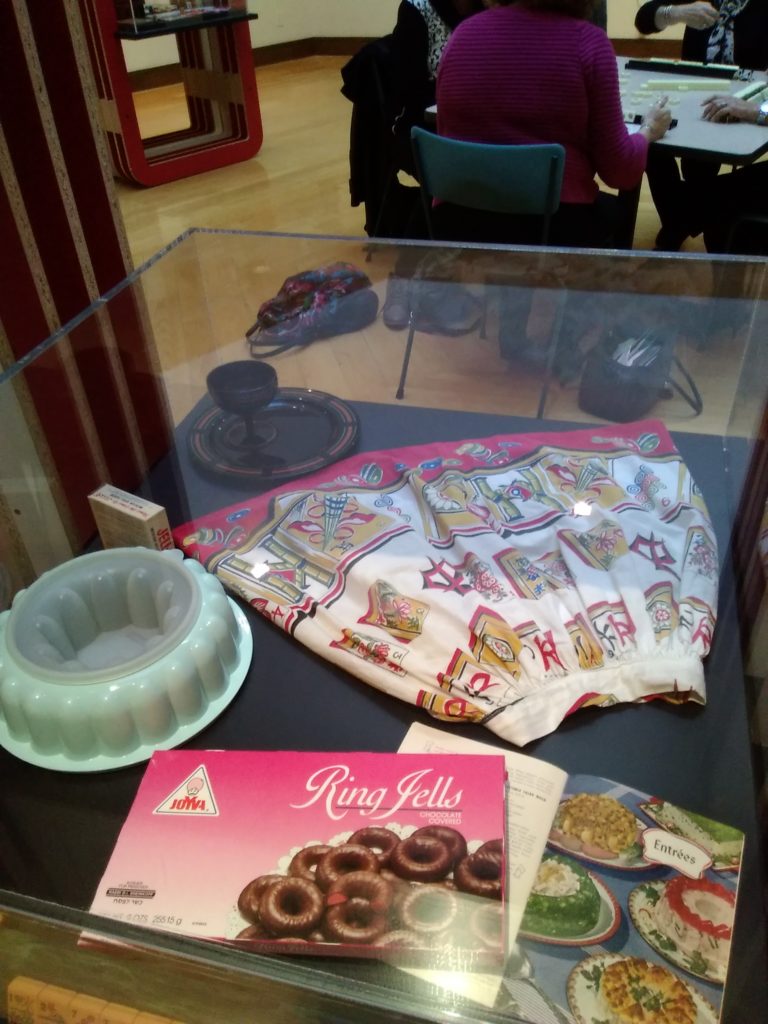
One display on the foods associated with the game includes a box of Joya brand chocolate covered Ring Jells, a Jello-mold, and a Mah Jongg-themed apron. “It was more than a pastime – it was often a production,” one wall text proclaims. Hosting involved a ritual of shopping and baking. The jelly rings, marshmallow sticks and bridge mix were part of the postwar era, Yaverbaum explained.
The snacks had to be easy to eat. Toothpicks were often part of the setup; there were no forks and knives, according to Ivy Barsky, who was senior curator for the original exhibit. “You need both hands for the game, and the women didn’t want to take time off between hands.”
What stood out for Barsky was that people’s memories were particular and what was served didn’t vary. “It was routinized but very special.”
Over the last decade, there’s been a renewed interest in the game, and today there are more than 350,000 members of the National Mah Jongg League, which still sells the yearly rule cards that it uses to support philanthropic causes, including many Jewish groups.
Given the prominent role of food in Jewish culture, it’s no surprise that when Jewish women get together for Mah Jongg, food is a kind of fifth player,” Barsky observed. “It’s about nurturing, being social and being warm and welcoming to guests.”
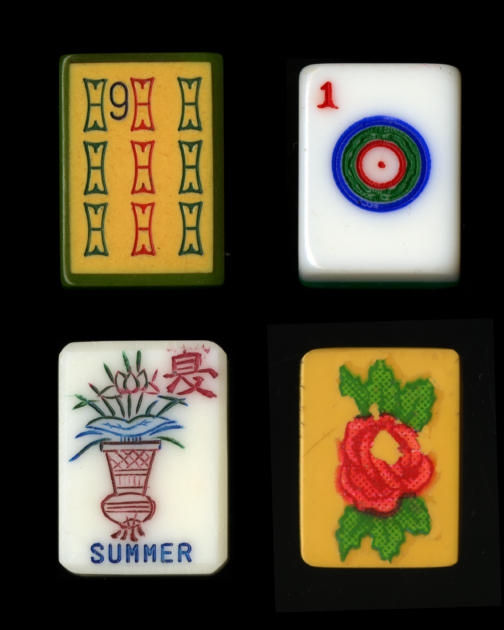
Shabbat
Pronounced: shuh-BAHT or shah-BAHT, Origin: Hebrew, the Sabbath, from sundown Friday to sundown Saturday.



